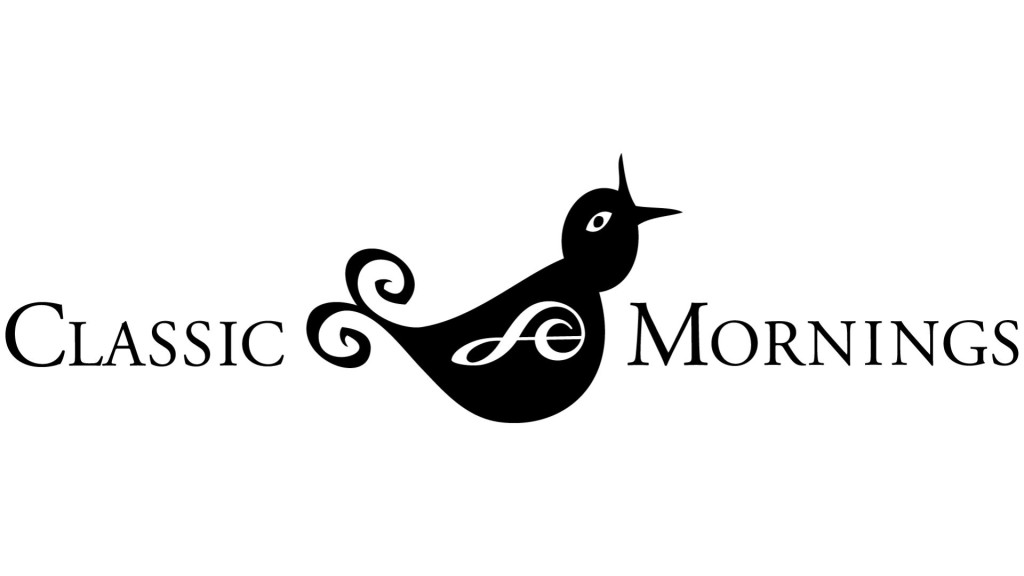Gallery 33 1/3

They’re distracting. Yet they’ve been embraced by music listeners.
Record covers became a visual arts genre long ago. Though they’re mass reproductions, so many more “collectors” can own and display them.
They’ve served as signatures or designer labels for music listening experiences. They’ve sparked generations of curiosity, discussion, controversy, and nostalgia. At the very least, they’ve been the product of misleading marketing that has led to some disastrous and disappointing record purchases.
Following a golden age that lasted decades, record cover art underwent a dramatic change when 12” (“33s”) and 7” (“45s”) vinyl recordings disappeared. CD reissues of vinyl recordings featured shrunken versions of the artwork to accommodate the size of the plastic box. Eventually, the genre adapted to the limitations imposed by the CD booklet, just as miniature paintings were created alongside those which overwhelm you with their size.
Having worked in radio as a music program host for decades, I’ve spent a lot of time with record covers. I can understand the fascination with them. Just being on hand for some of our used record sales in the past, I’ve observed how lots of people treasure them.
Nevertheless, as I said at the outset, they’re distracting. During the years of Classic Mornings, I’ve made a point of ignoring the artwork and photos on CDs until after I’ve listened to them.
I know I’ve mentioned during fund drives my “brown paper bag” approach to auditioning. It’s all about the music and how it sounds. “Is this performance something I’m excited about playing for listeners?” That’s all I need to know. If the recording has made the cut, I might glance at the visuals.
I’m sure I’m a nightmare for the art and marketing departments of record companies. On the other hand, I hope that the radio programs that feature the music I select are a dream come true for listeners!
All of this came to mind with the recent re-release of violinist Julia Fischer’s first recording of Mozart concertos, which includes the Violin Concertos Nos. 3 & 4, as well as the Adagio in E, K. 261 and the Rondo in B flat, K. 269 (Pentatone 5187016). She was 22 at the time (2005), and recorded them with the Netherlands Chamber Orchestra, conducted by the late Yakov Kreizberg. It’s the only one of her Mozart recordings we didn’t have.
I was a bit surprised when the CD arrived with a totally redesigned package, since the catalog had displayed the original cover. The young Julia Fischer was as much a performer in demand as the young Midori and the young Sarah Chang. With all three of those violinists, the focus of the photos and the bios on the original releases of their early recordings was on the extraordinary musicianship of the exceptionally young players.
We continue to enjoy those recordings, even as all three of the performers are not kids anymore. I’m guessing they and their managements weren’t interested in limiting their legacies to their “little” years. And so, the artwork and photos on the re-issued recordings have been updated.
Misleading? No, not really. This isn’t the first re-issue I’ve encountered. And I’ve learned to examine the recording dates, as well as the original and most recent release dates on recordings – when I’m done auditioning them, that is.
I have noticed that there are many re-releases which have retained some or all of the artwork that was featured on the original releases. I’m glad that Katia and Marielle Labèque’s 1987 recording of music written for children by Bizet, Ravel and Fauré still has the photo of the pianist siblings dressed up as parents when they were children. On a CD cover, they appear “little” in more ways than one.
Last week, I found myself looking at the cover of a 2004 recording featuring the late Leon Fleisher. Familiar with the photo, I did a little research and learned that it was taken by a wedding photographer. I found that somewhat amusing, since it shows Fleisher’s hands “reunited.” Fleisher had lost the use of his right hand due to dystonia. That interrupted a successful concert career, though not entirely. He went on to explore and to champion works for left hand only.
When Fleisher regained the use of his right hand, the recording, which celebrated that moment in his career, was titled simply: Two Hands (Vanguard 1551). The CD cover photo continues to be special, particularly if you know the story behind it.
As you can see, I’m able to appreciate record and CD art. But just as in the literary world, you can’t judge a record or CD by its cover. Nor can you say you know what it’s like to have Classic Mornings if you only read this blog. Join us Monday through Friday from 9-noon on FM 90.9 or online at will.illinois.edu.

